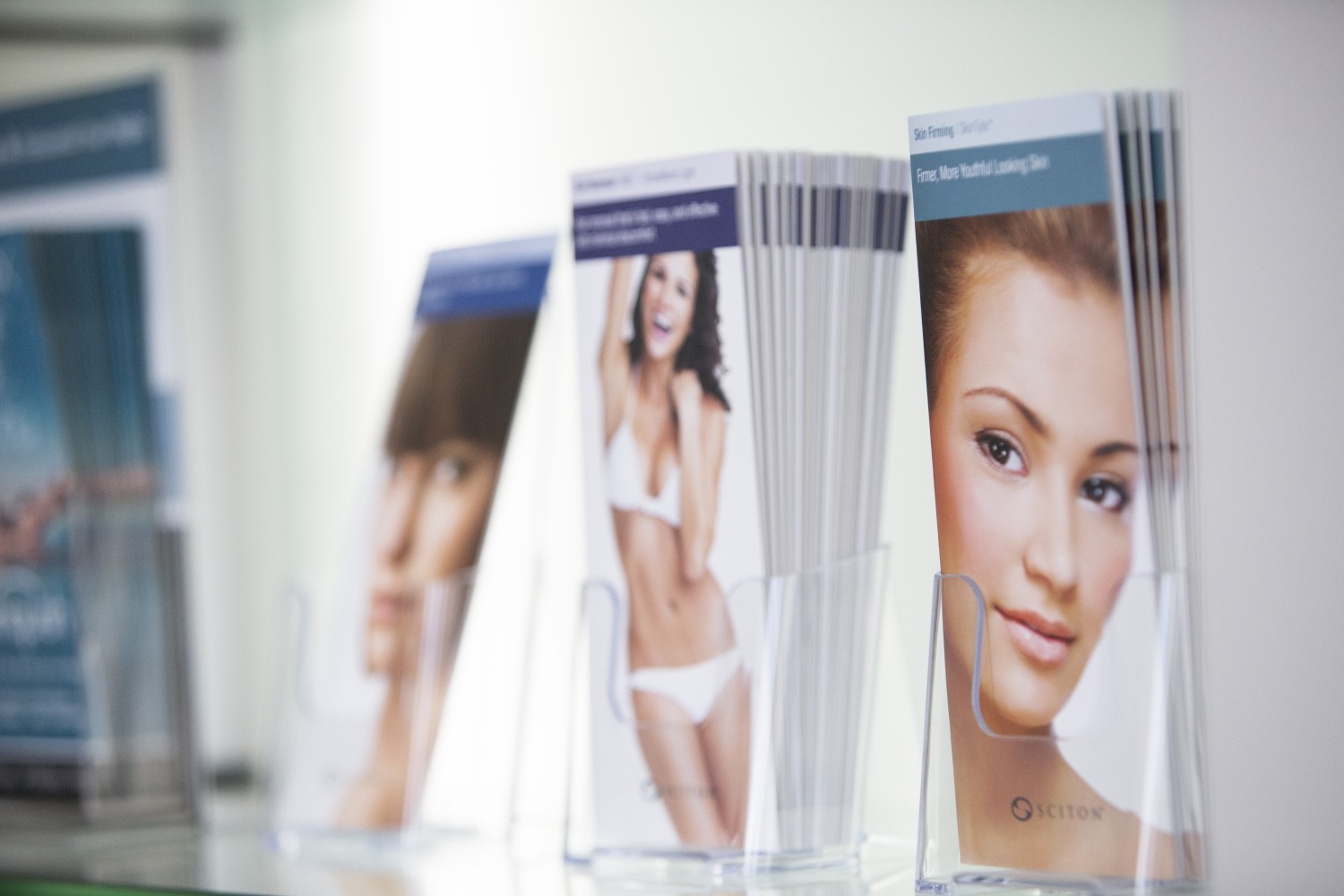
January Special
Related Posts


Pink Up Cape with Microneedling
Sidney | 14.10.2016
We are so excited to announce we are now offering Microneedling!
This state of the art procedure speaks for itself. With this treatment we will reverse the signs of aging, revive skin health, and reveal beautiful skin.
This month only receive 15% off all Microneedling treatments and we will donate 10% of our Microneedling proceeds to the St Francis Pink Up Cape Foundation!
Call for your free consultation.

NEOCUTIS FLASH SALE
Sidney | 27.6.2019
